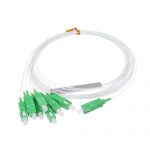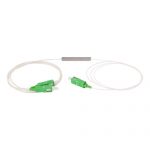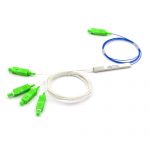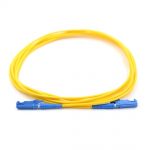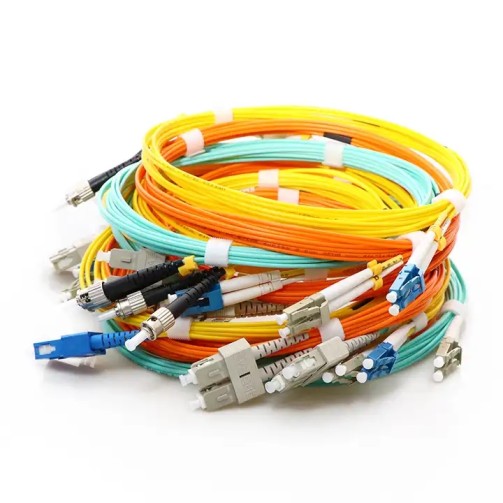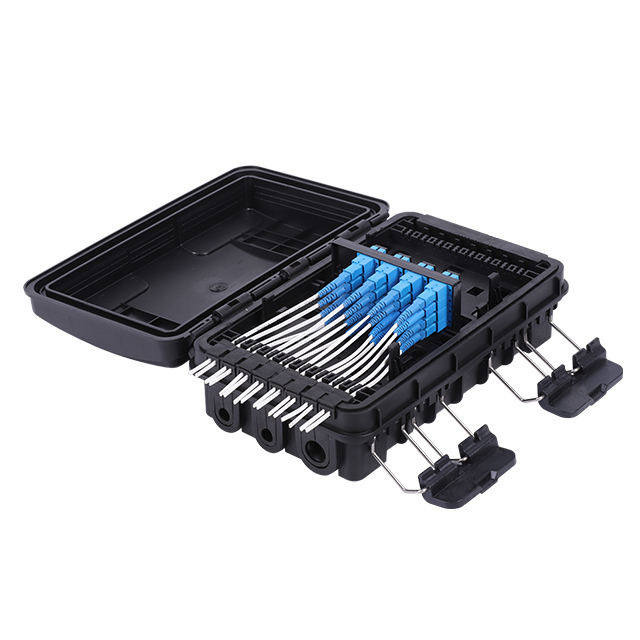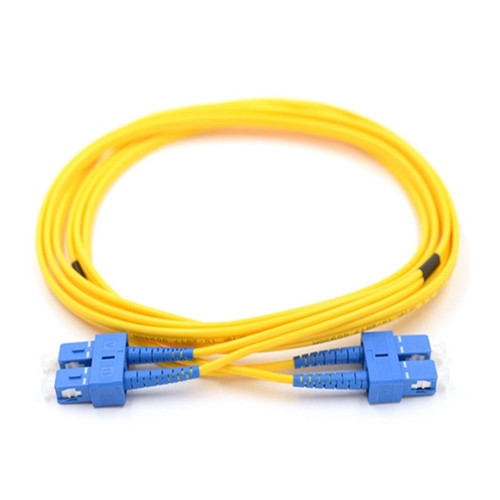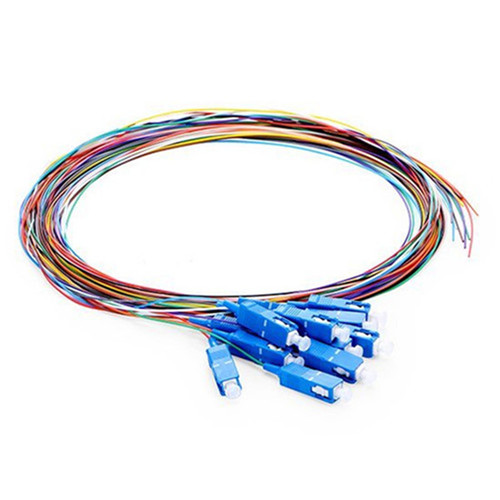In the world of fiber optic networks, splitters are an essential component for splitting or dividing an incoming signal into multiple outputs. There are two types of splitters commonly used in the industry: Fused Biconical Taper (FBT) splitters and Planar Lightwave Circuit (PLC) splitters. Both have their pros and cons, and the choice between the two depends on the specific needs of the network.
In this article, we will discuss the differences between FBT splitters and PLC splitters and compare them in terms of their working principle, construction, performance, and applications.
Working Principle
The working principle of FBT splitters is based on the fusion of two or more fibers. The fibers are tapered and fused together to create a splitting region, where the incoming signal is split into multiple outputs. The tapered region of the fused fibers causes the signal to split based on the power distribution across the fibers.
On the other hand, PLC splitters are based on the principle of waveguide optics. A waveguide is a thin strip of glass or silicon that guides light along its length. The waveguides in PLC splitters are arranged in a specific pattern to split the incoming signal into multiple outputs.
Construction
FBT splitters are constructed using two or more fibers that are fused together. The fibers are tapered and fused to create a splitting region. The fused fibers are then encapsulated in a protective sleeve to provide mechanical stability and environmental protection.
PLC splitters are constructed using a waveguide chip that contains multiple waveguides. The waveguides are etched into the chip using lithographic techniques. The waveguide pattern is designed to split the incoming signal into multiple outputs, and the chip is encapsulated in a protective housing.
Performance
FBT splitters have a wide operating wavelength range and can work with both single-mode and multi-mode fibers. They are also relatively inexpensive and can be manufactured in large quantities. However, FBT splitters have some limitations in terms of performance. They are sensitive to temperature changes and can experience signal loss due to polarization-dependent splitting.
PLC splitters have a high level of performance and are insensitive to temperature changes. They also have low insertion loss and are highly reliable. PLC splitters can work with both single-mode and multi-mode fibers and are suitable for a wide range of applications. However, they are more expensive than FBT splitters and are not suitable for high-power applications.
Applications
FBT splitters are suitable for a wide range of applications, including passive optical networks (PONs), fiber optic sensors, and fiber optic amplifiers. They are also used in fiber-to-the-home (FTTH) networks, where they are used to split the incoming signal into multiple outputs to serve multiple customers.
PLC splitters are suitable for applications where high performance and reliability are required. They are commonly used in high-speed data transmission, such as in data centers, as well as in long-haul optical networks. They are also used in PONs, FTTH networks, and fiber optic sensors.
Conclusion
In conclusion, both FBT splitters and PLC splitters have their strengths and weaknesses, and the choice between the two depends on the specific needs of the network. FBT splitters are relatively inexpensive and suitable for a wide range of applications, while PLC splitters have high performance and reliability but are more expensive.
When selecting a splitter, it is important to consider factors such as operating wavelength range, insertion loss, polarization-dependent splitting, temperature sensitivity, and cost. By understanding the differences between FBT splitters and PLC splitters and their applications, network designers can make an informed decision on which type of splitter to use in their network.
